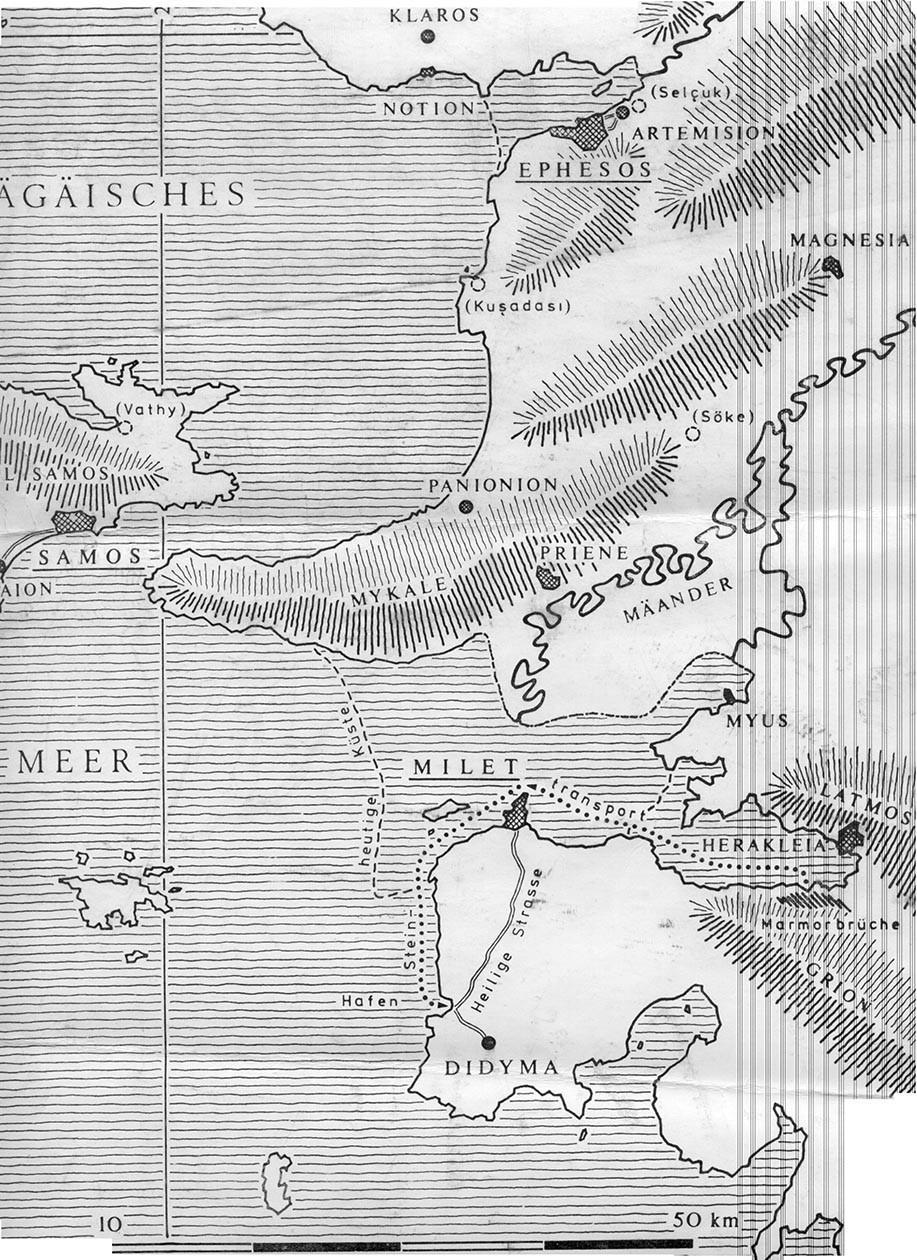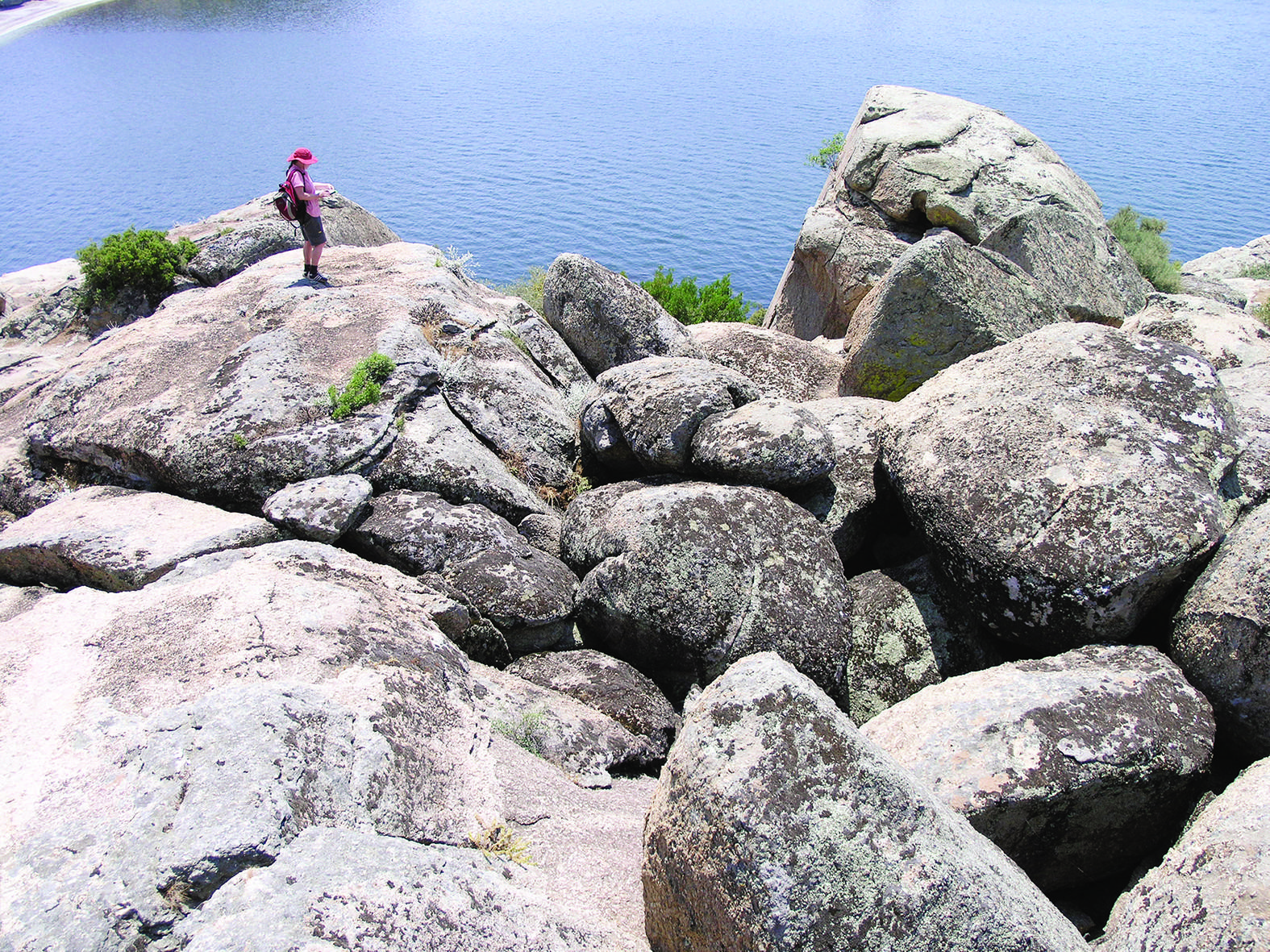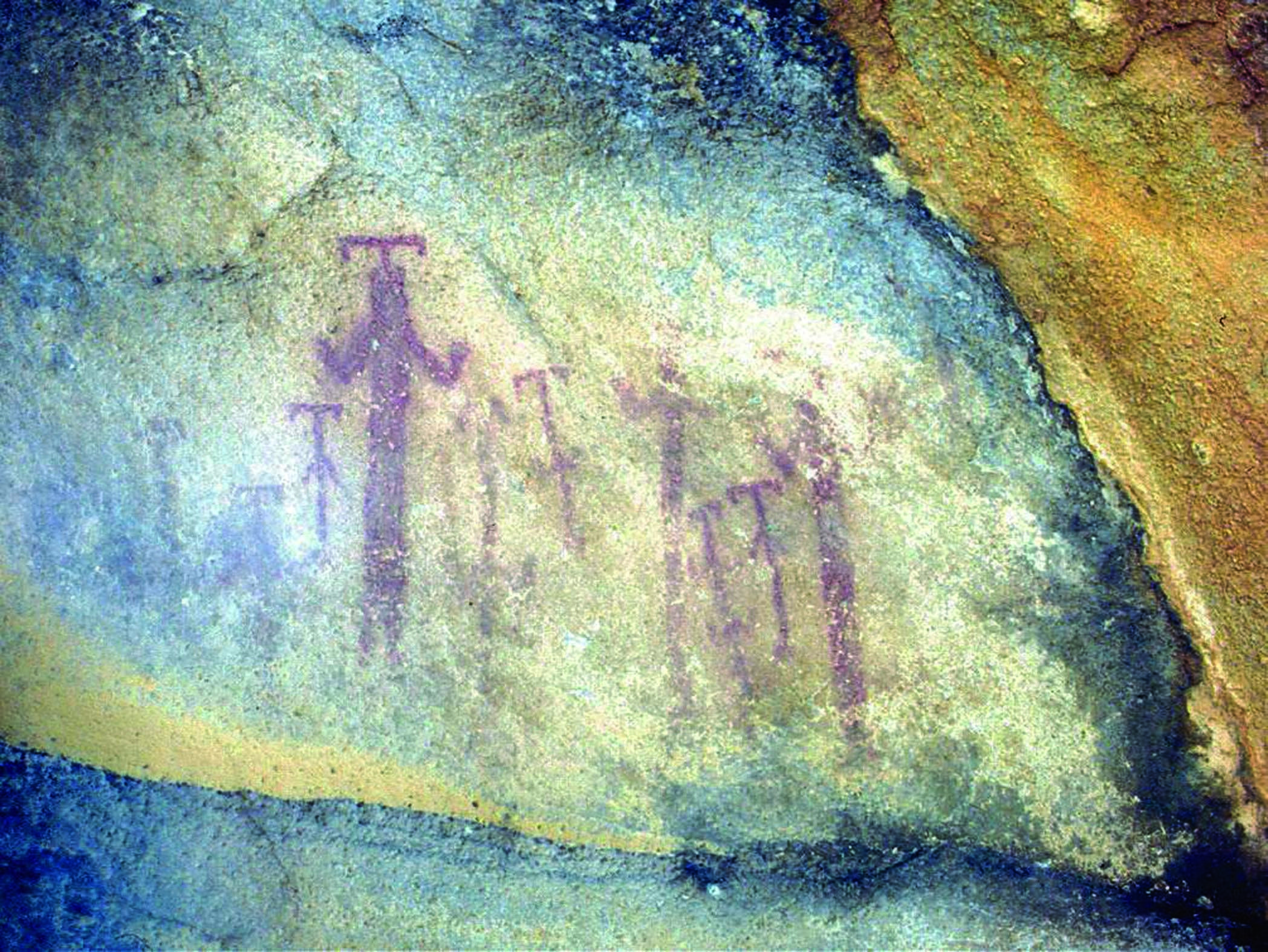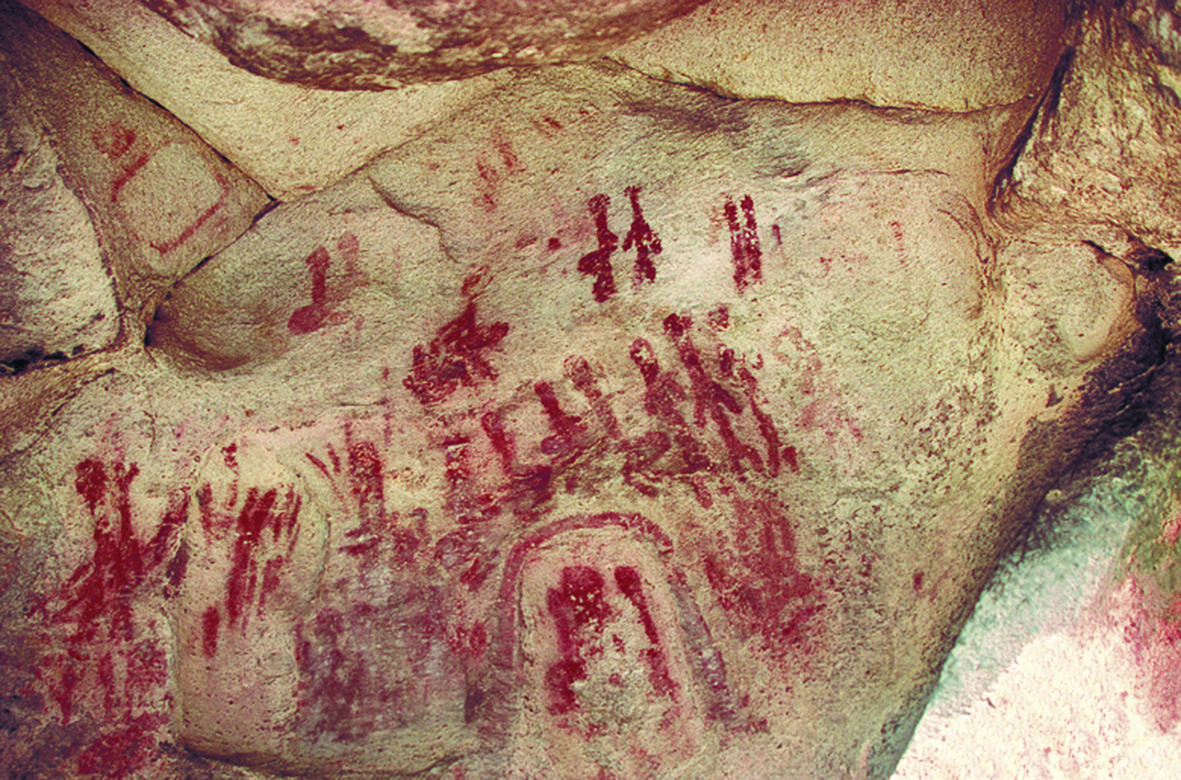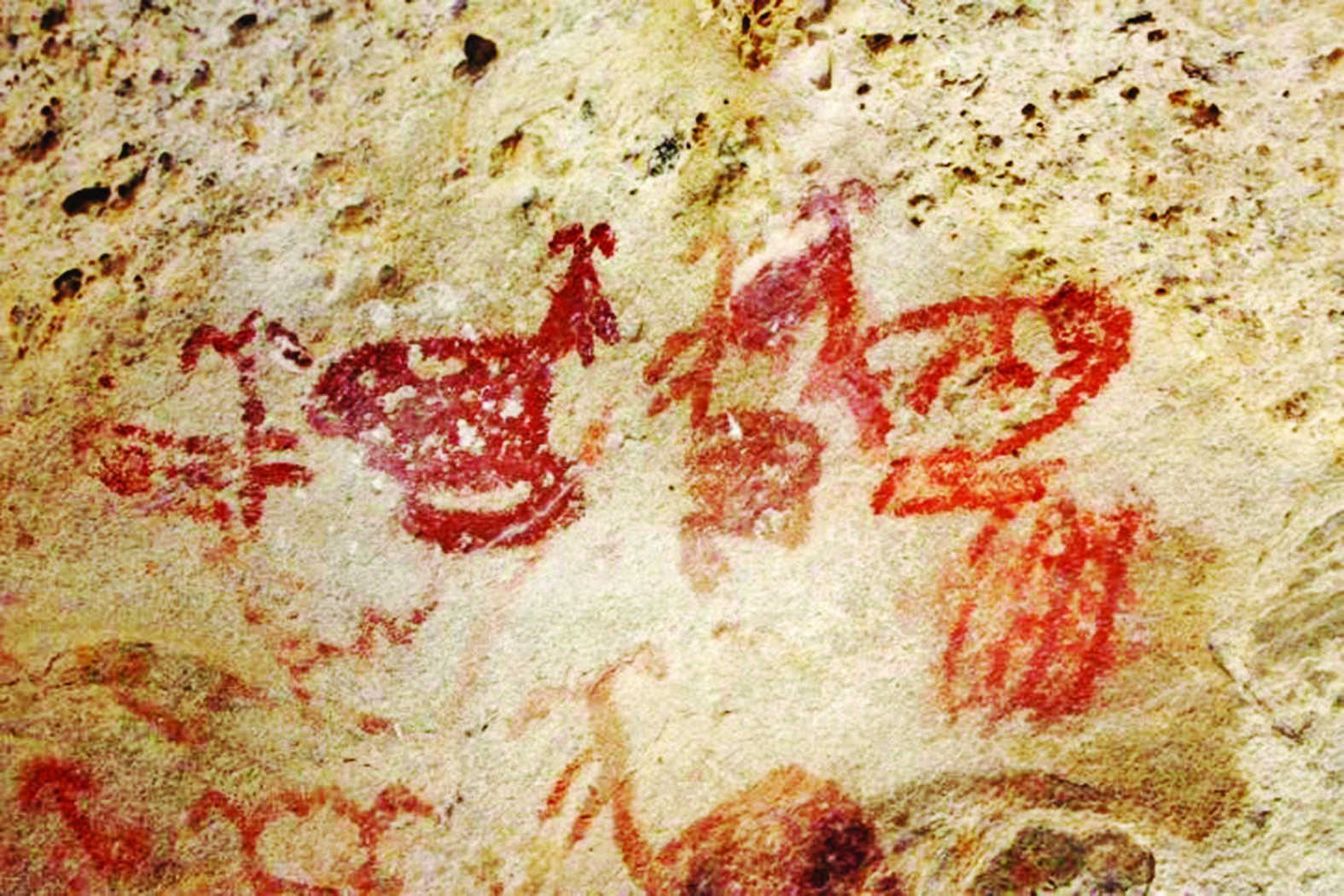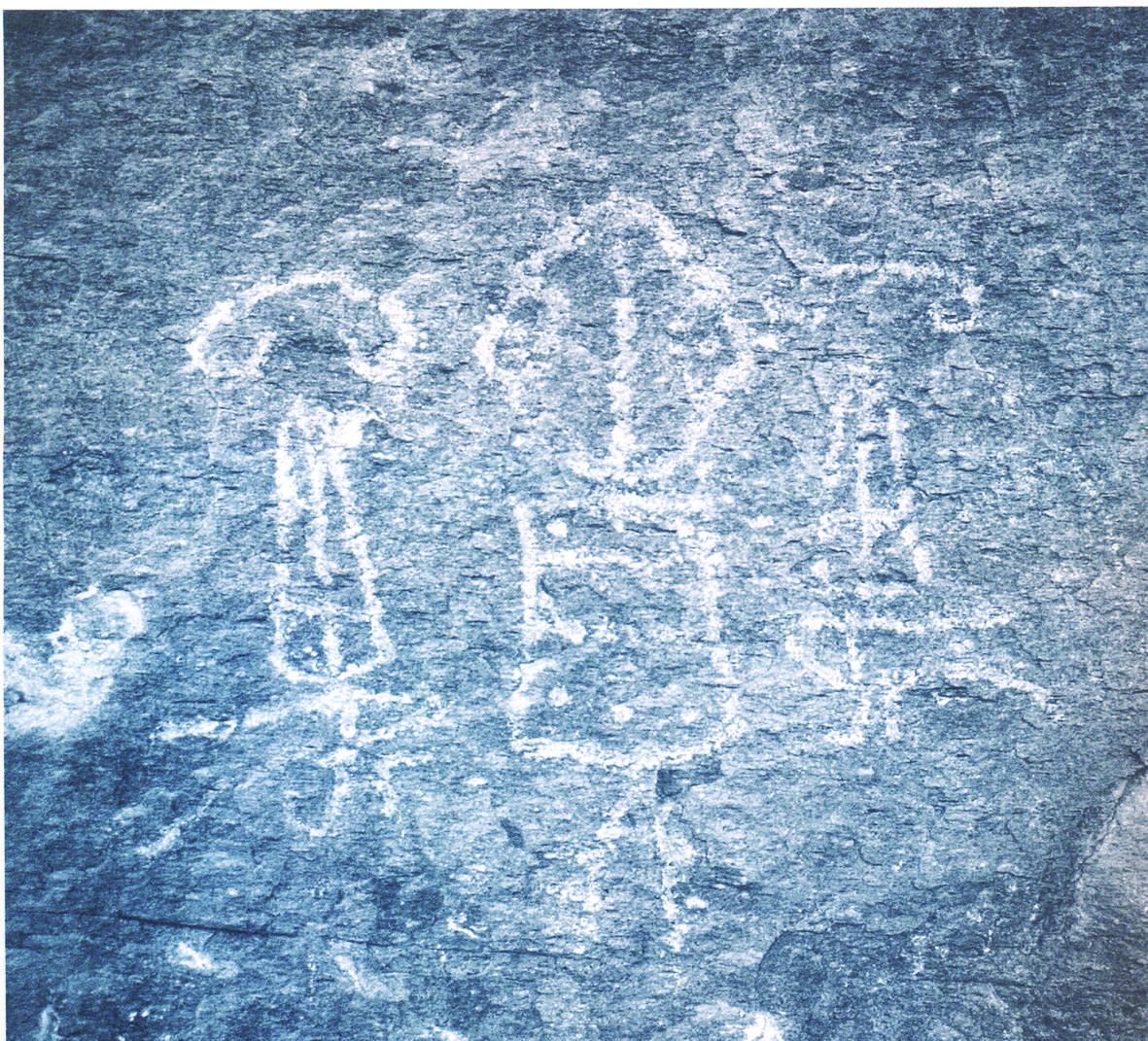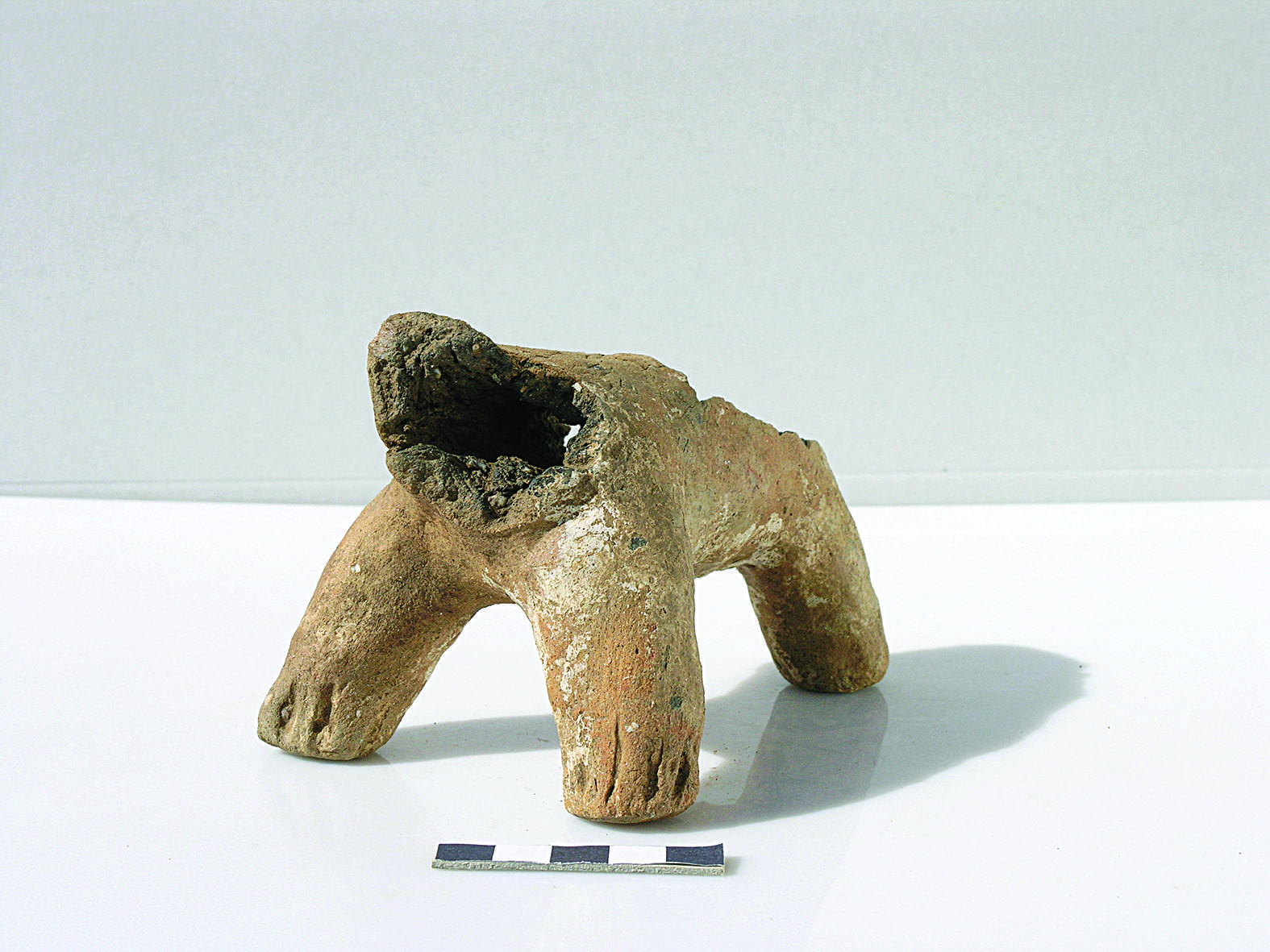Illustrated novel of a family on Mount Latmos
Özgen Acar

Heraclia Latmos was one of the beautiful coastal cities of Karia, resting against the Latmos (Beşparmak) mountains and facing the Aegean.
While the alluvial silt carried by the Greater Menderes River resulted in coastal towns like Miletus and Pyrenees being left 30 kilometers from the sea, they turned Latmos into a lake city called Bafa. (A)

A
When carrying out surface surveys in the city and its vicinity at the beginning of the 1990s, German archaeologist Dr. Anneliese Peschlow-Bindokat (B) headed toward the rock paintings in the caves of Göktepe, which beekeeper Yaşar Beşparmak claimed to have seen.

B
For more than a decade, Peschlow scanned each cave and each stone (C) on a field of 200 square kilometers in the region. She found various cave photos every summer.

C
Among 160 groups of rock paintings, which had various depictions, she determined 500 paintings made by humans (D-E-F). She photographed each of them, transferring all the photos to drawings.

D

E

F
The paintings that date back 8,000-6,000 years ago were made using red paint, which was made of a mixture of iron oxide and water. The paint was applied to stone niches with fingers or other tools.
The concepts of “human” and “family” have especially drawn our attention in Peschlow’s magnificent findings. Compared to stickman-like, long-haired men, which were portrayed from the front, all women were portrayed from the side.
The women were depicted with full hips like the “Neolithic” goddesses in Konya’s Çatalhöyük and Burdur’s Hacılar. Various ornaments on their sides had similar features to the ornaments from the Çatalhöyük-Hacılar era.
The common points from the ornaments in these regions and the ones in Latmos provide important evidence of the fact that this Aegean coastal city, Latmos, which dates back thousands of years ago, had ties with Central Anatolia.
Taking advantage of these 160 paintings, their details and the comments of Peschlow on some paintings, we have constructed an “illustrated novel.” Let’s evaluate this construction together:

The first ornament (1a) is one of two ornaments next to one depicting a “couple making love” that we will see later. We called this first ornament “Latmos Mountain” based on the natural environment of the couple.
According to Peschlow, the painting that we placed between these two drawings must have been a temple, the pantheon of Latmos (1b), due to the fact that their head and hair were different from the other human drawings, the natural features of the cave and an altar pit at its entrance. Those in the paintings must have been the gods of air and water.
The third ornament (1c), the first known ancestor of the “Meander” motif, depicts the Greater Menderes, in our opinion.
In the second row, we randomly chose the man on the left (2a) and the woman on the right (2b) from 500 other human figures to play the leading roles in our illustrated novel.
Peschlow defines the first painting as the “oldest known wedding painting in history” (3a). The painting especially highlights a couple getting married in the middle. It depicts men between three-woman groups.
We don’t know if it is necessary to comment on the second painting in the same row (3b). Is it possible to think that this painting, which was found one year before the wedding painting and could absolutely be described by folklore researchers as the “oldest known horon dance painting,” depicts something other than “dancing during a ritual?”
In the beginning of the fourth row, a couple is seen hugging each other, most probably making love (4a). The Meander motif, featuring the Latmos Mountain and the Greater Menderes River, are drawn right next to this couple.
Going a step further, can we assume that the couple is blessed by the gods of air and water as well as the natural environment where they are making love?
Then there is an abstract painting. According to Peschlow, a woman’s breasts and sexual organ are shown here (4b). In this abstract painting, two rounds on the top depict the woman’s breasts, while the ellipse shape depicts her sexual organ.
Well, what are the meanings of two rounds below and the line inside the ellipse? Looking at the “phallus” and “testicles” of a man, can’t we say that it depicts a fertilization process?
Might it not be the oldest known “hieros gamos” (divine marriage)?
In the last painting of the same row (4c), the leading actor is depicted in a different way. No male sexual organ, or phallus, is seen in the photos of the men. There is phallus in a woman here! It is hard to say that this is a “hermaphrodite” because another fact draws our attention in the painting. Does the thick line in her belly depict the woman becoming pregnant after sexual intercourse with the man?
In the first painting in the fifth row (5a), is it possible to claim that it depicts anything but a family of a mother, father and daughter? We don’t think so. Aren’t the concepts of “family” and “head of family” depicted very well with the man embracing his wife and daughter with open arms?
In the last painting in the same row (5b), isn’t it clear that the mother is playing with her daughter, throwing her up high in the air?
Since there are wave-like ornaments next to the mother-daughter painting, can we say that this story is set on the coast of a sea or lake?
Another important finding in the region is a hieroglyph inscription in the Hittite-Luvi language discovered close to Sakarkaya village. This inscription, which has the same features as the seal of the prince Kupanta-Kurunta, who became the king in Mira, gives important clues about the expansion of the Hittite Empire to the southern Aegean. (G)

G
The ceramics found in the region have common features with those in Central Anatolia and the Aegean Islands, with a rare bear statuette found on the Aegean’s east coast (H), arrow heads made of obsidian and tinderbox, falchions, flat axes, disk crushers and idols among the important findings to date in the region.

H
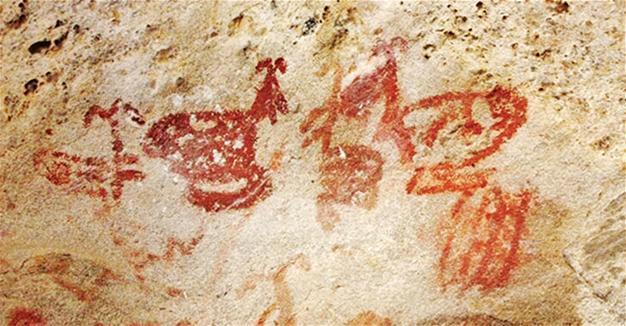 Heraclia Latmos was one of the beautiful coastal cities of Karia, resting against the Latmos (Beşparmak) mountains and facing the Aegean.
Heraclia Latmos was one of the beautiful coastal cities of Karia, resting against the Latmos (Beşparmak) mountains and facing the Aegean. 